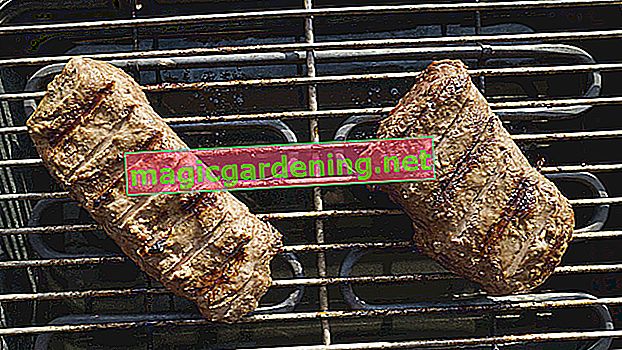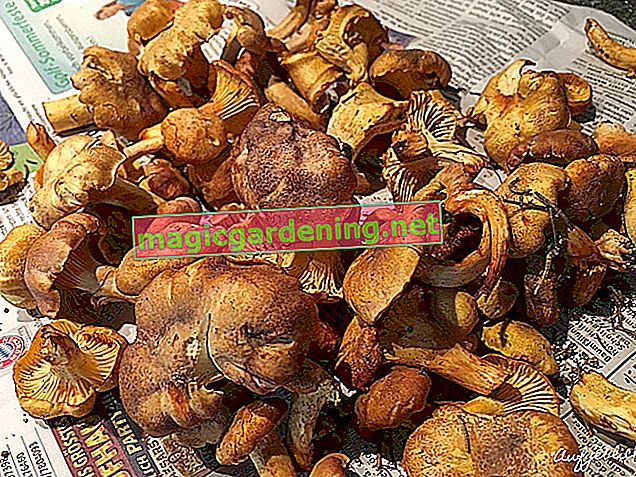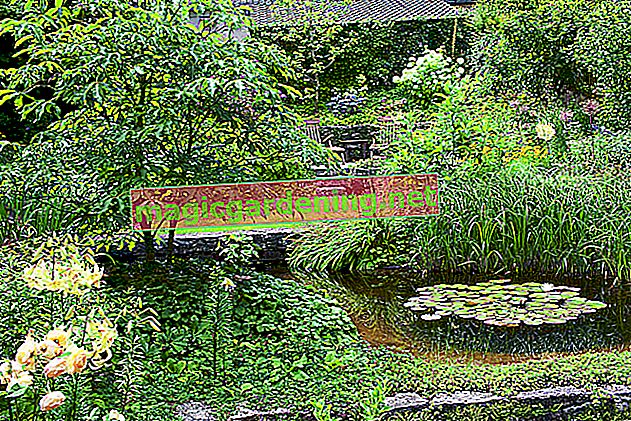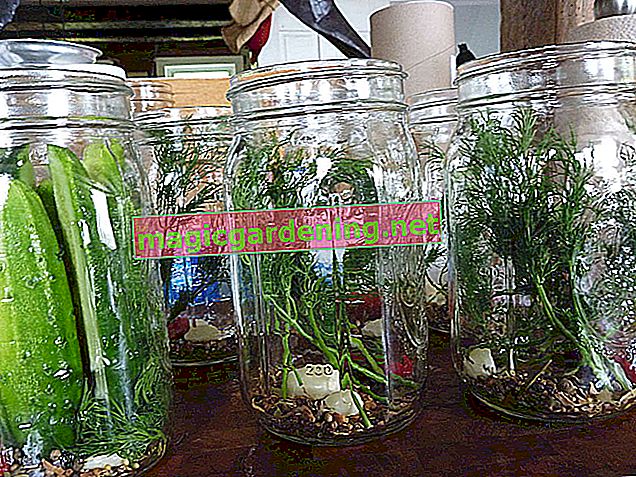
Plant the thistle
The sea thistle is a protected plant that prefers to grow in the dunes. As a garden plant, on the other hand, man litter is often cultivated. It prefers a well-drained, calcareous and normal to nutrient-rich soil and likes to be in full sun. However, it does not tolerate wind or waterlogging very well.
also read
- How to properly care for the snowball bush - the best tips and tricks
- How to properly care for blood sorrel - the best tips and tricks
- How to properly care for your Gazania - the best tips and tricks
Man litter grows to a height of 30 to 80 cm, depending on the species, and flowers very nicely in various shades of blue. Not only is it an attractive sight, it is an excellent source of food for bees and other insects.
In order for the noble thistle to come into its own, do not place the individual plants too close to one another. A distance of about 30 to 40 cm between the thistles is recommended. Man litter can also be combined well with other plants, such as feather grass. Low-growing species are ideal for planting a rock garden.
Pour and fertilize the thistle
The noble thistle usually tolerates drought better than too much moisture. It should only be watered regularly in the morning or evening in the first few weeks after planting so that it grows well. Sporadic watering is sufficient later. The floor may dry out a little in between, but it shouldn't really dry out. A noble thistle does not normally need any fertilizer.
Propagate the noble thistle
You don't actually need to multiply the noble thistle, it does that by sowing it yourself. Leave the withered inflorescences on the plant, then the mature seeds will fall to the ground. If the conditions are good, the young plants will grow there for the next year. However, you can also sow the seeds in a targeted manner or multiply the noble thistle by division or with the help of root cuttings.
The essentials in brief:
- Location: full sun
- Soil: well drained and rather dry
- hardy
- easy to care for
- pretty tough
- Flowering period: June to October depending on the species
- good bee pasture
- Avoid waterlogging by all means
- Propagation by seeds, division or root cuttings
Tips
The noble thistle is hardy and does not need any special protection for this time. In return, it is an attractive eye-catcher.








